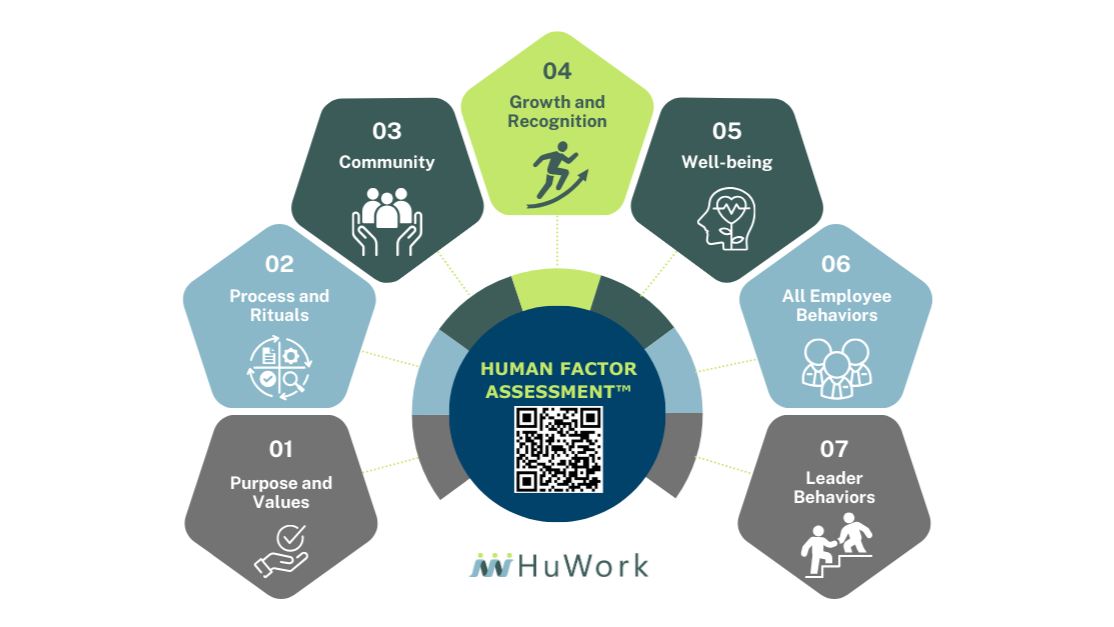2 - How to Bring Purpose and Values into the Workplace (article 2 of 8)
January 22, 2025
Why Purpose and Values Matter
Purpose and values are the heartbeat of an organization. In today’s competitive world, employees seek more than a paycheck; they want meaning in their work and to see their organization make a difference. A human-centered workplace gives employees a compelling reason to show up, beyond generating profit. Connecting to a purpose beyond profit transforms work from a task list into a mission.
Purpose is the "why" behind an organization’s existence. An inspiring purpose and clearly defined values help create a culture where employees feel engaged, valued, and motivated. They act as guiding principles that shape what a company does and how it operates. Without purpose and values, organizations risk becoming transactional and failing to inspire or retain employees. People want to feel like part of a bigger mission, not just cogs in a machine.
Revenue and profit are essential, but for a culture to thrive, employees need to feel connected to something bigger. A human-centered workplace fosters belonging and a sense of purpose, which leads to stronger business results.
🗝️ Key Takeaway: Help employees connect to a clear purpose to make their work more meaningful and impactful, boosting job satisfaction and retention.
To read the full article click here.

